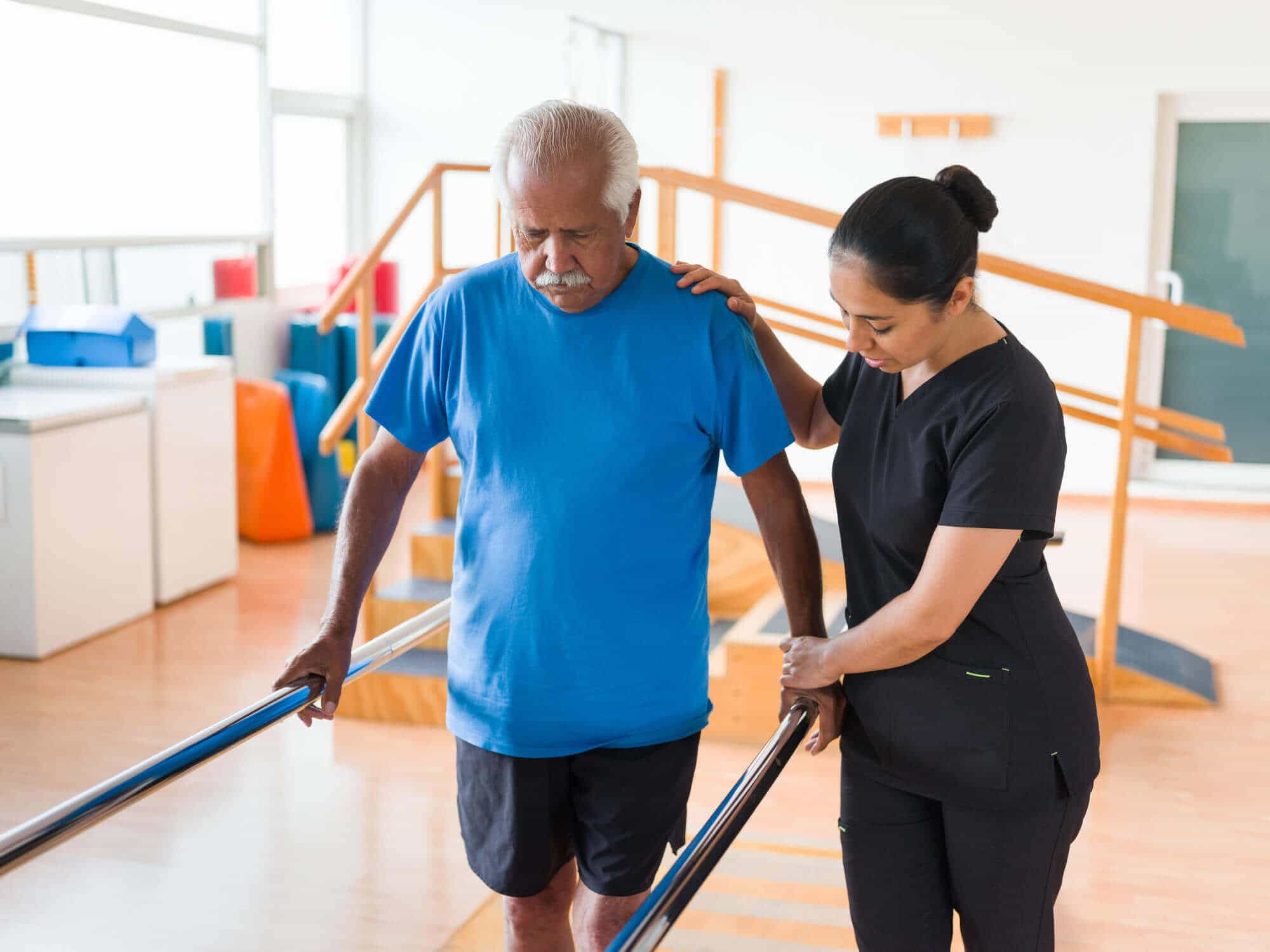Understanding Common Athletic Ailments and Efficient Rehabilitation Plans aimed at Athletes
Understanding Common Athletic Ailments and Efficient Rehabilitation Plans aimed at Athletes
Blog Article
Athletic injuries are common among athletes of every age groups and skill levels. These injuries can happen in multiple forms, including sprains, muscle injuries, fractures, and tendonitis. Comprehending the kinds of traumas that can happen during sports activities is crucial for both avoiding and care. Sprains, for instance, entail the stretching or rupturing of ligaments, which link bones at a articulation. Strains, on the contrary hand, impact muscles or tendon structures, which connect muscles to skeletal structures. Identifying these injuries early can assist sportspeople seek suitable treatment and return to their sport more rapidly.
One of the frequently frequently seen injuries in athletics is the ankle sprain. This trauma often happens when an athlete touches down ungracefully or twists their foot during a game. Symptoms of an ankle sprain include pain, swelling, and difficulty moving. Immediate care typically involves the R.I.C.E. method, which represents for Rest, Cooling, Wrapping, and Elevation. This approach aids reduce inflammation and discomfort. In more serious cases, rehabilitative treatment may be necessary to regain power and mobility to the ankle before going back to athletics.
Another common injury is a muscular strain, which can occur in all athletic activity that demands sudden actions or heavy weight-bearing. Sportspeople may experience a muscle injury when they stretch a muscle too far or when they apply too great effort. Signs include sharp discomfort, swelling, and muscular spasms. Recovery for muscle injuries often entails gentle stretching and conditioning exercises. Slowly raising activity levels is vital to prevent recurrence. Sportspeople should collaborate tightly with a physical specialist to develop a secure and efficient rehabilitation strategy.
Tendon inflammation is another trauma that can affect athletes, particularly those who engage in repetitive motions, such as joggers or aquatic athletes. This issue occurs when a tendon, which connects muscle to skeletal structure, gets swollen. Frequent areas affected by tendonitis include the elbow, upper arm, and leg. Signs often include discomfort and rigidity, especially during movement. Treatment for tendonitis usually involves rest, cooling, and anti-inflammatory medications. In certain cases, rehabilitative therapy may be recommended to enhance mobility and power in the injured area.
Preventing sports injuries is just as crucial as addressing them. Athletes can minimize their risk of injury by warming up properly before events, using the right gear, and keeping good fitness condition. Strength conditioning and flexibility published here exercises can help prepare the body for the requirements of athletics. Additionally, athletes should listen to their physical condition and allow breaks when necessary. By understanding common sports traumas and applying efficient rehabilitation strategies, athletes can stay healthy and enjoy their favorite sports for a long time to follow.